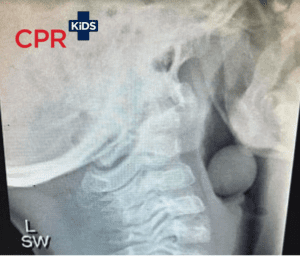
Cough Medicine – Should You Give It To Your Child?
When it comes to babies and young children, cough medicines are not recommended — and can even be harmful. So what can you give your little one when a cough strikes? The answer might already be in your pantry. Here’s what the evidence says, plus practical tips to help your child rest easier this winter.




